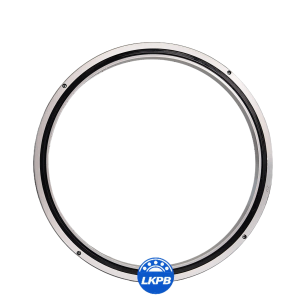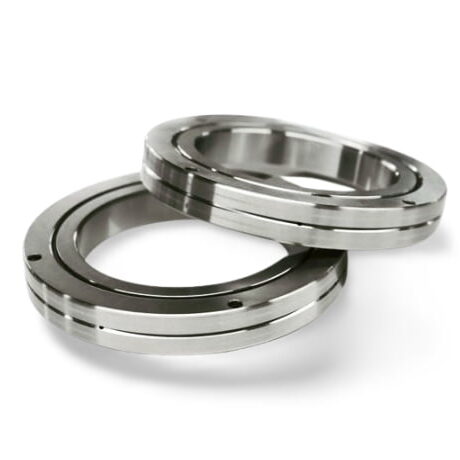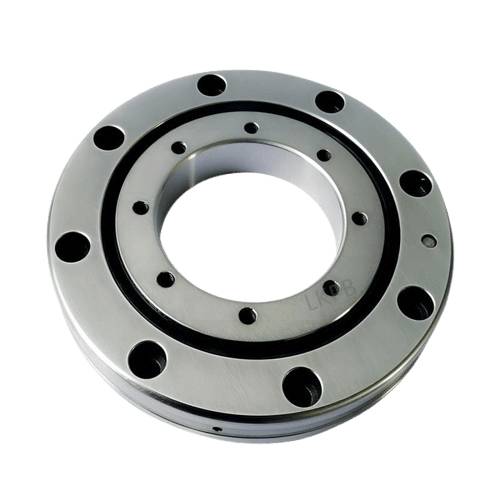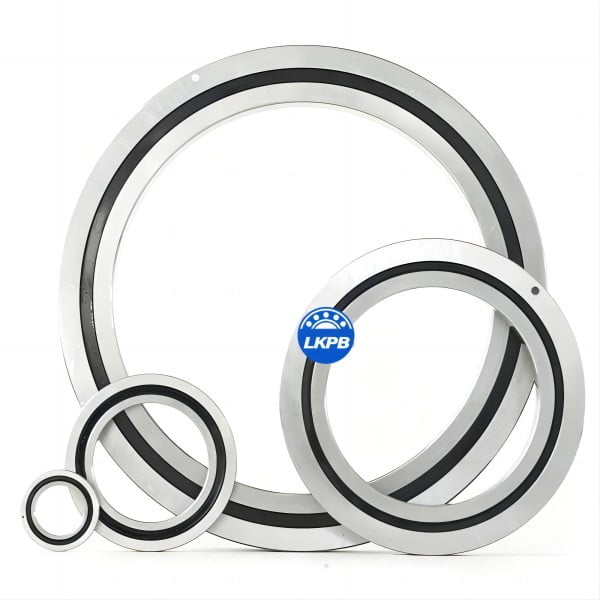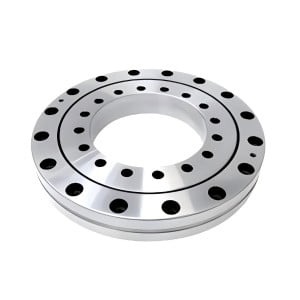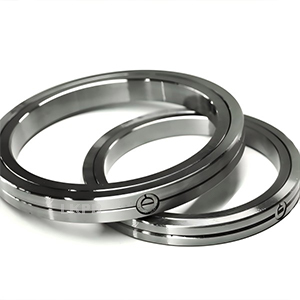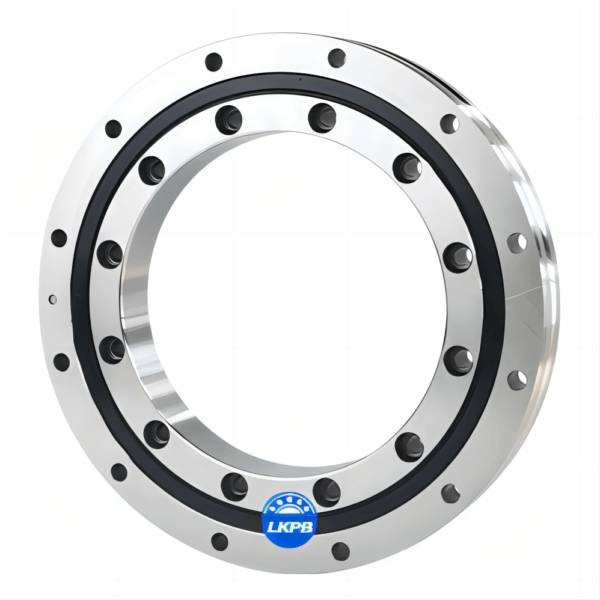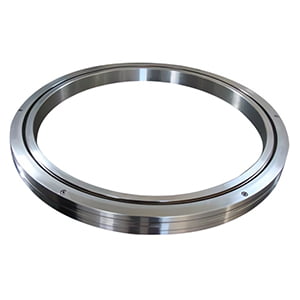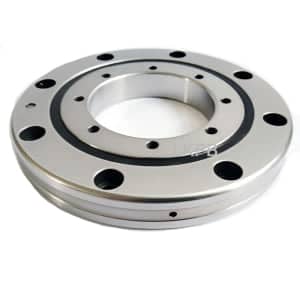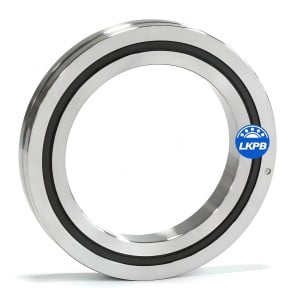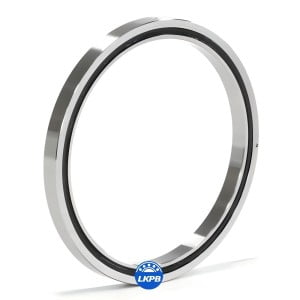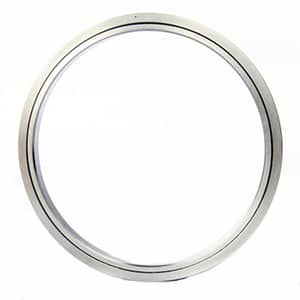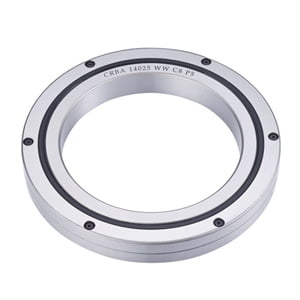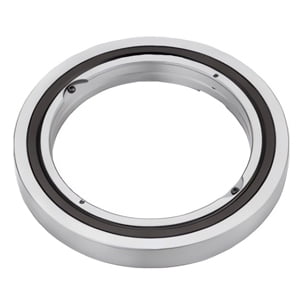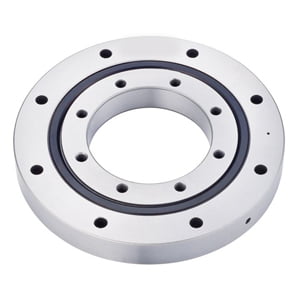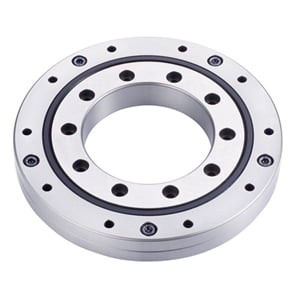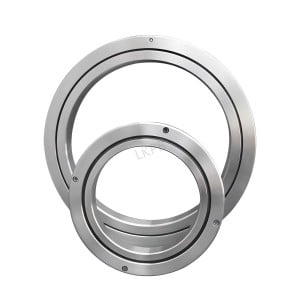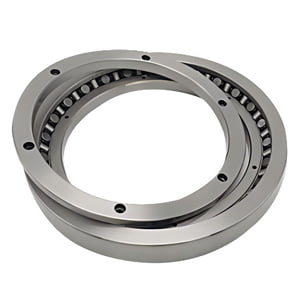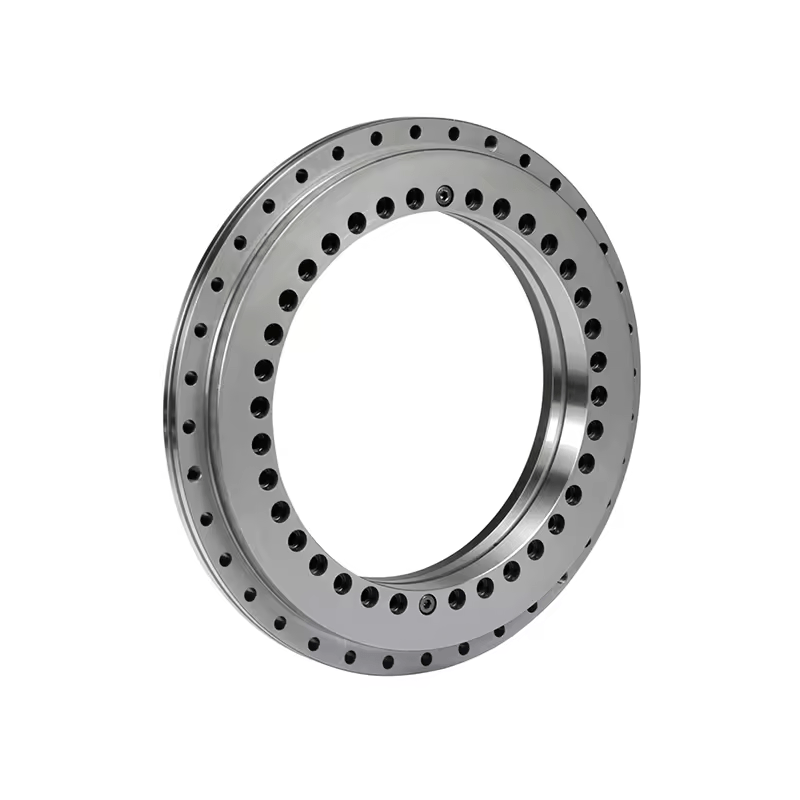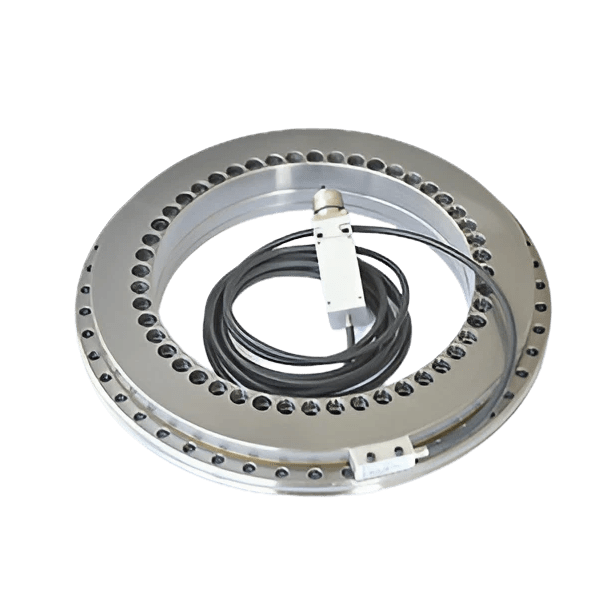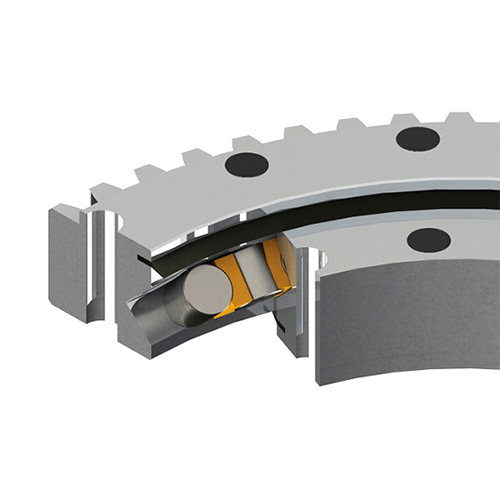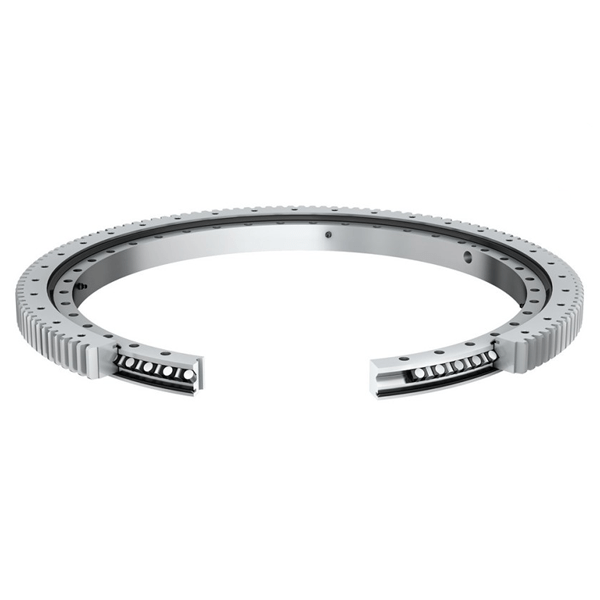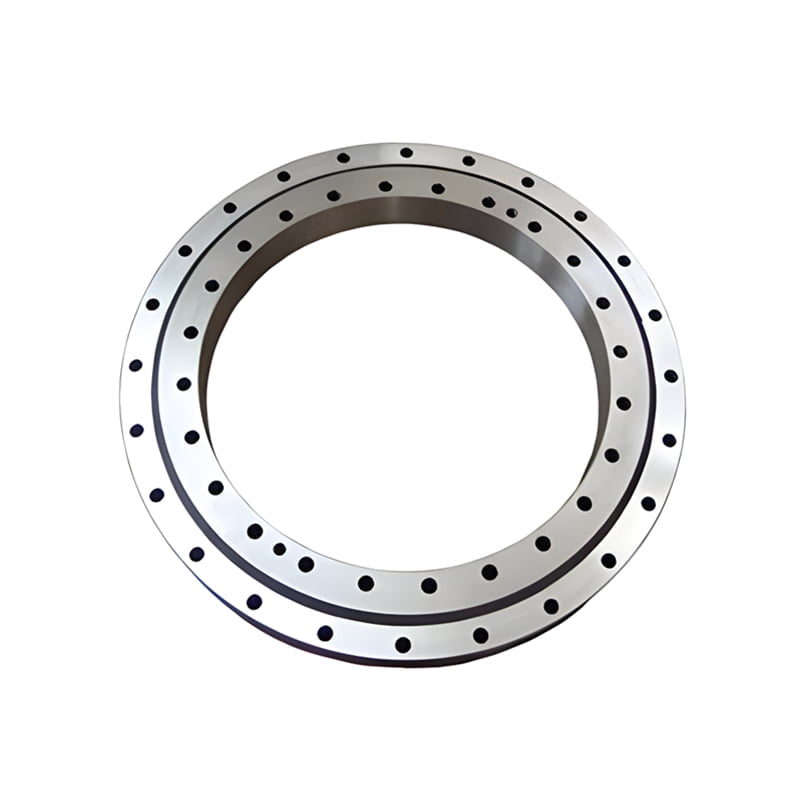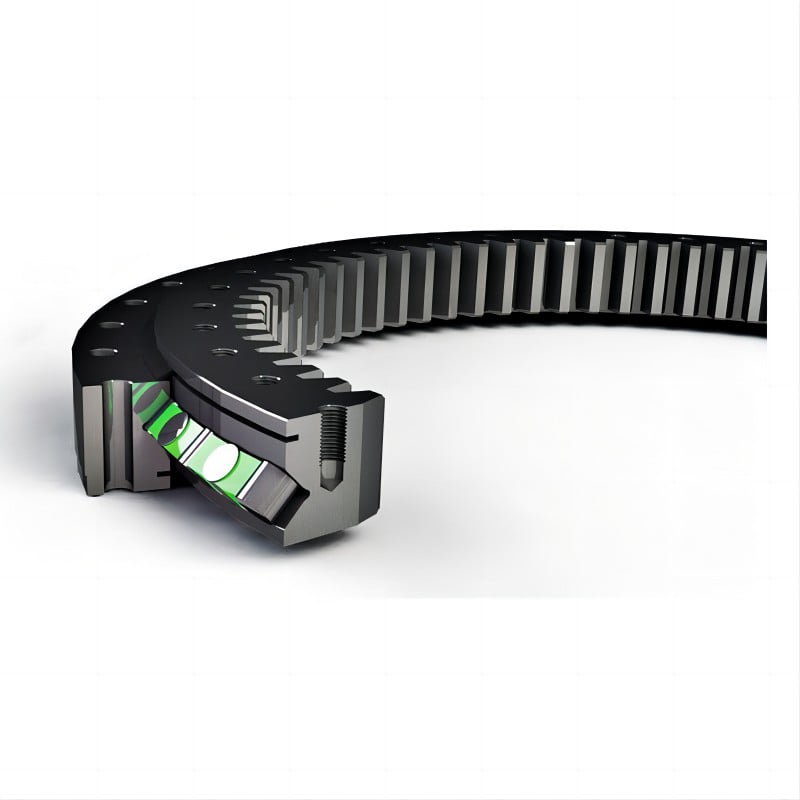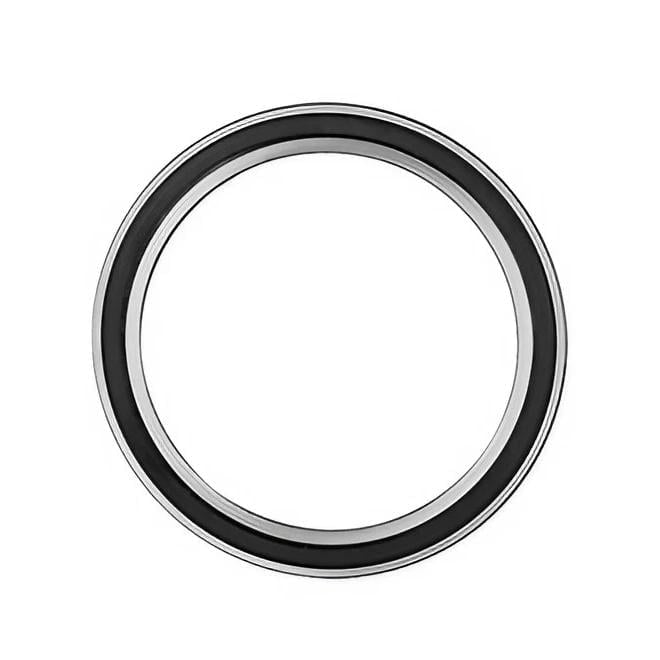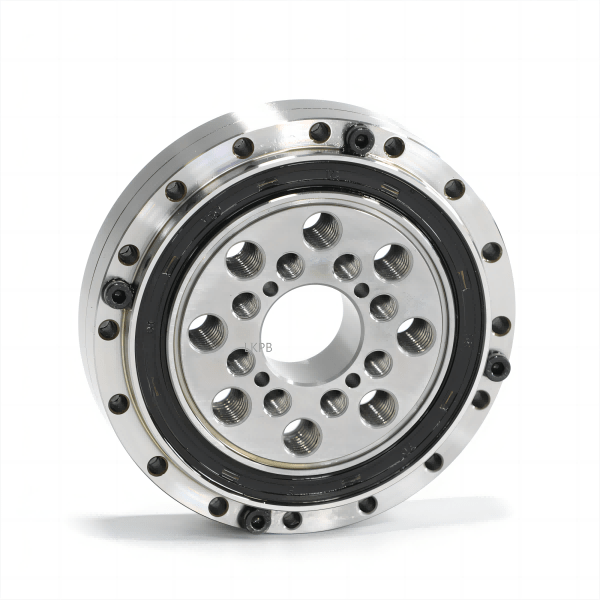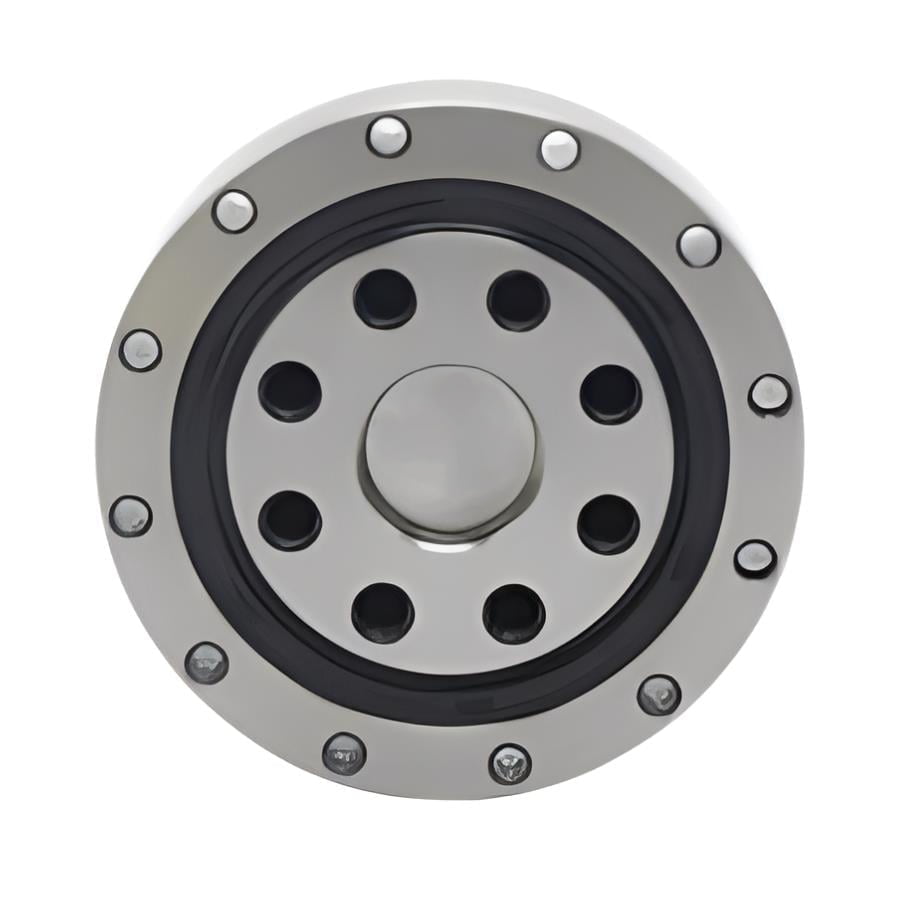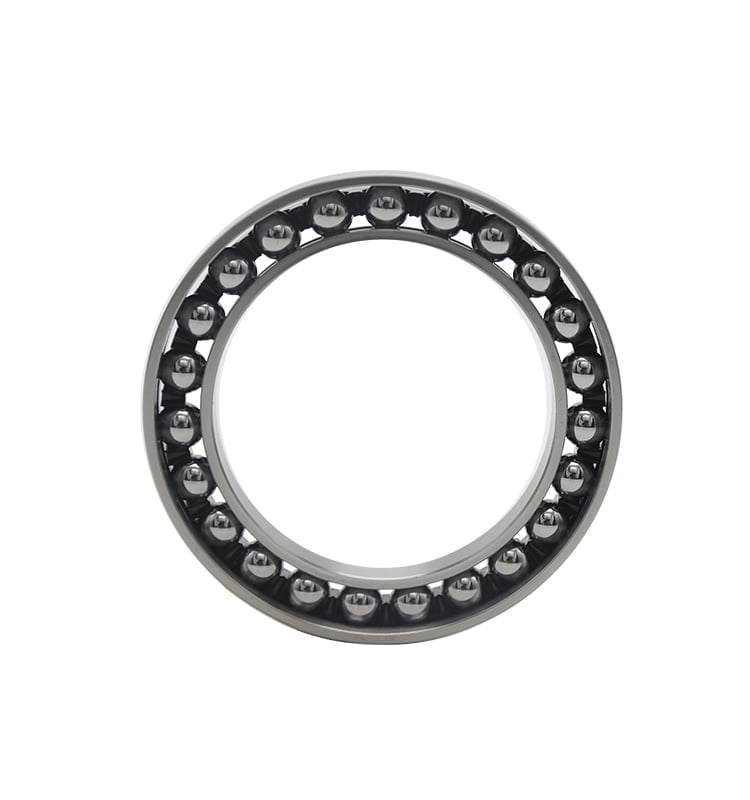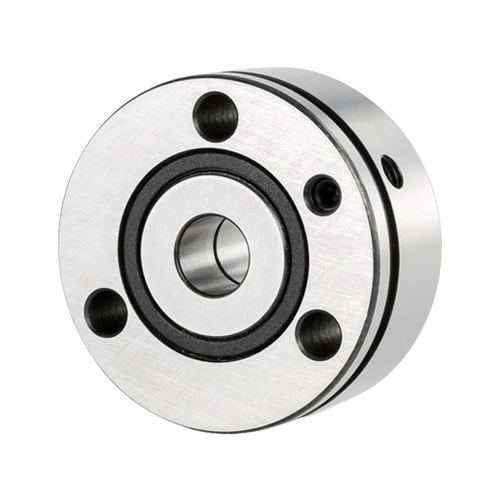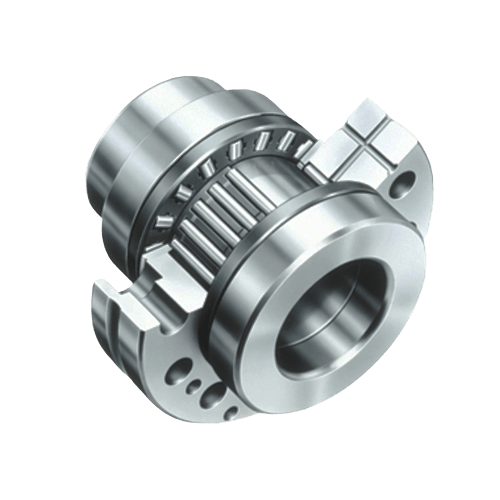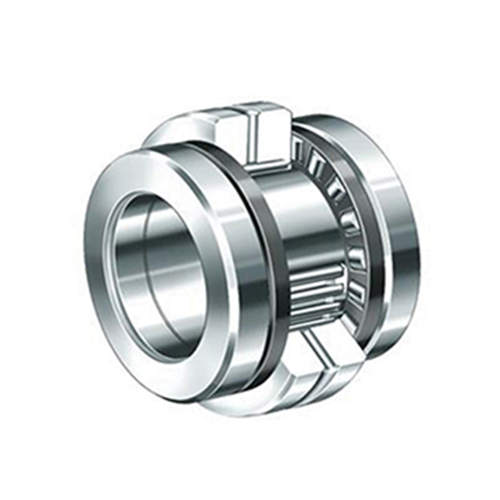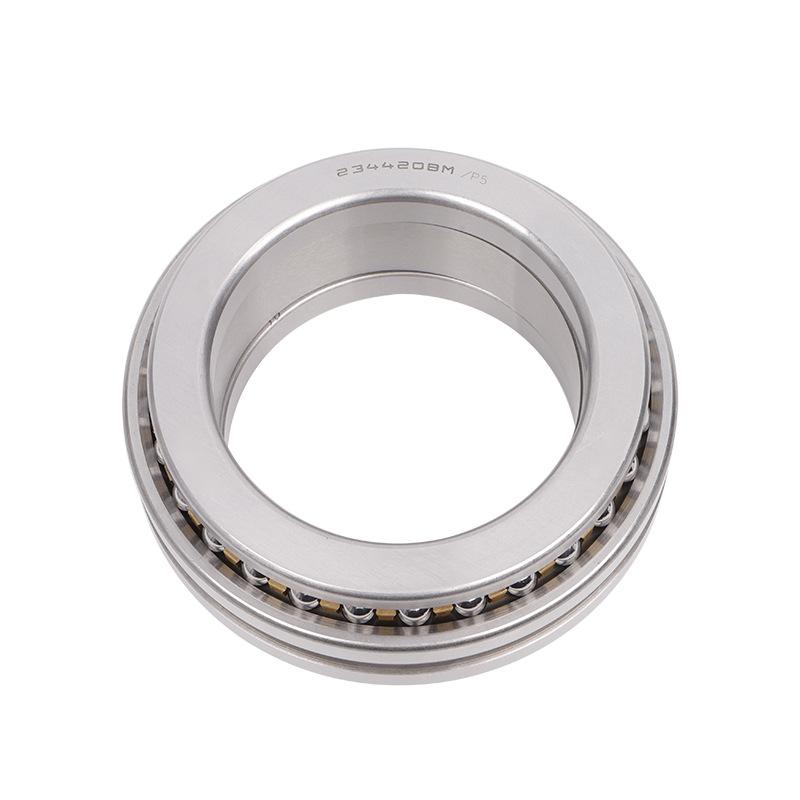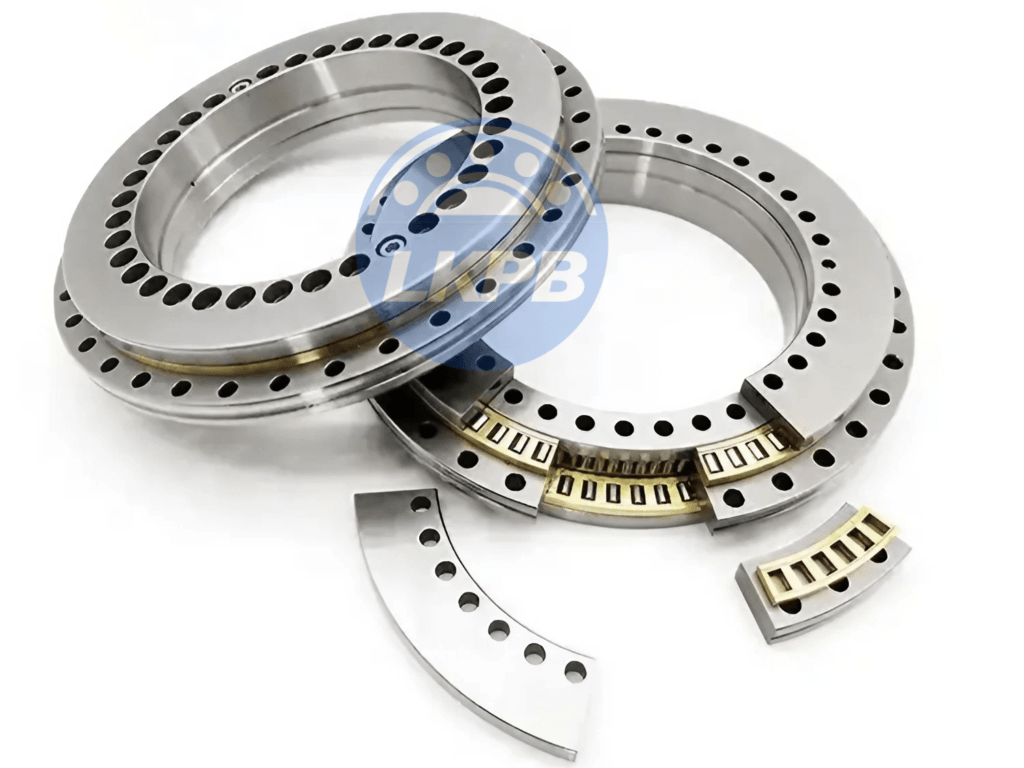Introduction
In the realm of mechanical components, bearings play a crucial role in facilitating smooth and efficient motion while reducing friction and wear. Among the various types of bearings available, axial and radial bearings stand out as two distinct categories, each designed to handle specific load types and operating conditions. In this article, we will explore the key differences between these two bearing types, highlighting their unique characteristics and applications.
LKPB: A Leading Bearing Supplier and Manufacturer
When it comes to sourcing high-quality bearings, LKPB has established itself as a trusted bearing company and manufacturer. With a commitment to excellence and innovation, LKPB offers a comprehensive range of axial and radial bearings, catering to the diverse needs of various industries.
1. Load Handling Capabilities
One of the primary differences between axial and radial bearings lies in their load-handling capabilities. Axial bearings, as their name suggests, are designed to withstand axial loads, which are forces acting parallel to the shaft’s axis. These bearings are commonly used in applications where thrust or axial loads are present, such as in gearboxes, turbines, and heavy machinery.
In contrast, radial bearings are engineered to support radial loads, which are forces acting perpendicular to the shaft’s axis. These bearings are essential in applications where shafts rotate and radial loads need to be accommodated, such as in motors, pumps, and machine tool spindles.
2. Design and Construction
The design and construction of axial and radial bearings differ significantly to accommodate their respective load requirements. Axial bearings typically feature flat or spherical surfaces that allow for smooth and efficient thrust load distribution. Common types of axial bearings include thrust ball bearings, tapered roller thrust bearings, and spherical roller thrust bearings.
Radial bearings, on the other hand, are designed with cylindrical or tapered rollers or balls that roll between inner and outer raceways. Common types of radial bearings include deep groove ball bearings, cylindrical roller bearings, and tapered roller bearings.
3. Applications and Industries
The choice between axial and radial bearings is heavily influenced by the specific application and industry requirements. Axial bearings are widely used in industries such as power generation, mining, and construction, where heavy machinery and equipment are subjected to significant axial loads.
Radial bearings, on the other hand, find applications across a broad range of industries, including automotive, aerospace, and manufacturing. They are essential components in engines, gearboxes, and various rotating machinery where radial loads are predominant.
4. Maintenance and Lubrication Requirements
Both axial and radial bearings require proper maintenance and lubrication to ensure optimal performance and longevity. However, their lubrication requirements may differ due to their unique designs and load handling capabilities.
Axial bearings often require specialized lubricants and lubrication systems to adequately distribute the lubricant across the bearing surfaces and accommodate the high loads and temperatures they encounter.
Radial bearings, while also requiring proper lubrication, may have different lubrication requirements depending on the specific bearing type and operating conditions.
5. Cost and Availability
The cost and availability of axial and radial bearings can vary depending on factors such as size, material, and complexity of design. In general, axial bearings may be more expensive than their radial counterparts due to their specialized design and manufacturing requirements.
However, at LKPB, we strive to offer competitive pricing for both axial and radial bearings, ensuring that our customers have access to high-quality components at reasonable costs.
By understanding the key differences between axial and radial bearings, engineers, designers, and maintenance professionals can make informed decisions when selecting the appropriate bearing type for their specific applications. LKPB, as a leading bearing supplier and manufacturer, stands ready to provide expert guidance and support throughout the selection and implementation process.



